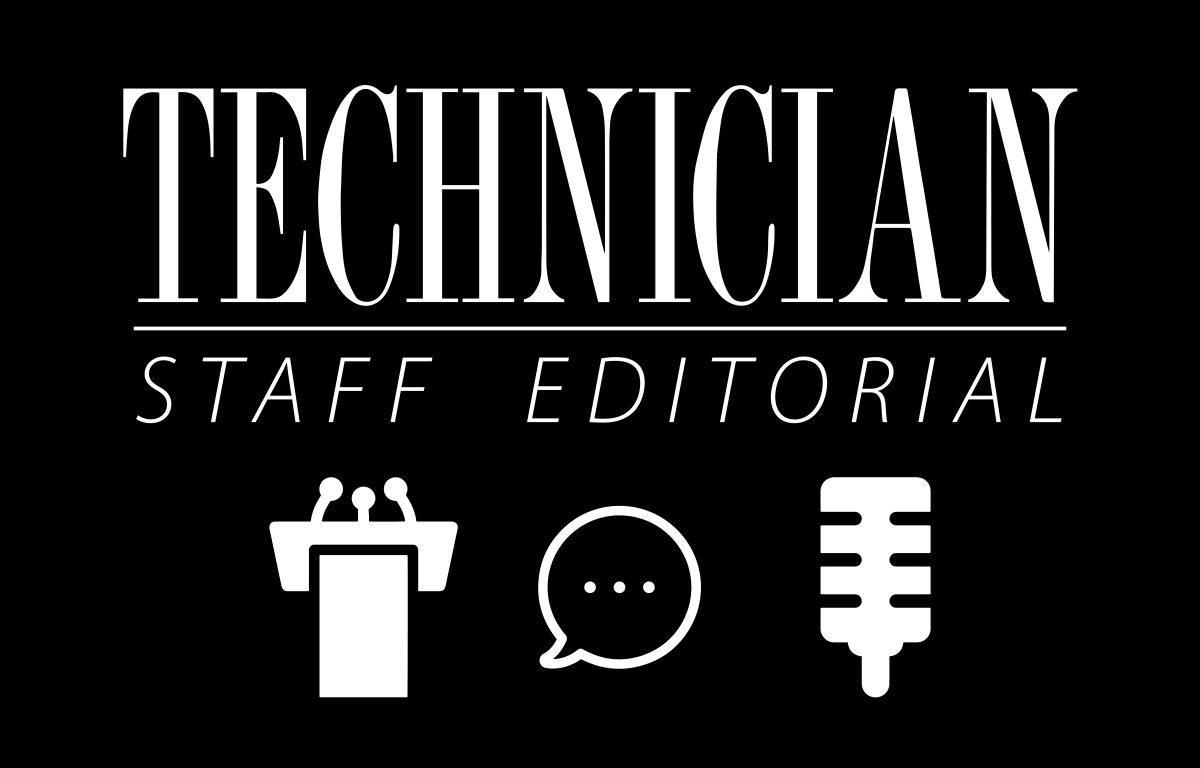Facts: Student Government sponsored the Think outside the Brick competition to promote environmental awareness. The team that presented a project for a “solar-powered gazebo” won the competition.
Our Opinion: If the project has already been approved and funding has been given to the team, the University Architect, Lisa Johnson, should help the students get in the right direction to get the solar gazebo built on campus. Everyone involved is working to enhance the beauty of the campus and provide a service for students, so there should be little debate or delay.
Last year the Think Outside the Brick competition awarded Lauren Morris and Katie McKnight a $1,000 grant to found the SOUL Garden, a community garden project for the N.C. State campus. They presented their proposal to the University Architect’s office and were prompted with the task of finding a place to put it. After months of denials for conspicuous locations, the SOUL Garden finally found a plot of land near Lake Raleigh. Through the woods. Behind the lake.
This should not happen to this year’s winners who have proposed to build a solar-powered gazebo so students and visitors can sit outside and use their laptops without being cooped up inside. With the University’s push for a Sustainability Strategic and Tactical Plan, the University architect, Lisa Johnson, should be looking past the possible inconvenience and help these students get their project off paper and onto the campus.
The first winner was left in the dark because of its unconventional use of “green space” on campus, but the gazebo would fit in with the conventional landscape with little interruptions to the green area. It would provide another gathering space for students along the “series of neighborhoods” on campus, while giving students extra incentives to go outdoors even when they have to do homework on their laptops.
One of the main goals of the project was to make the gazebo visible, so students could use and learn from it. Johnson, with her passionate vision of the University’s master plan, should see the merits of showcasing the progressive nature of solar power on a simple structure, just as the University likes to tout the Solar House, and see it as being a gathering place for students outdoors. It will accomplish all of the objectives of the master plan and go towards the sustainability tactical plan.
Johnson wants “green space” on campus to be “organized around attractive, lively open places and developed that invite human interaction and communication,” and this project certainly surpasses those expectations. At this point, the students who have developed the project now need her help to get it off the page. Johnson should work with them to help make their vision a reality, because they are all trying to accomplish the same goal.



